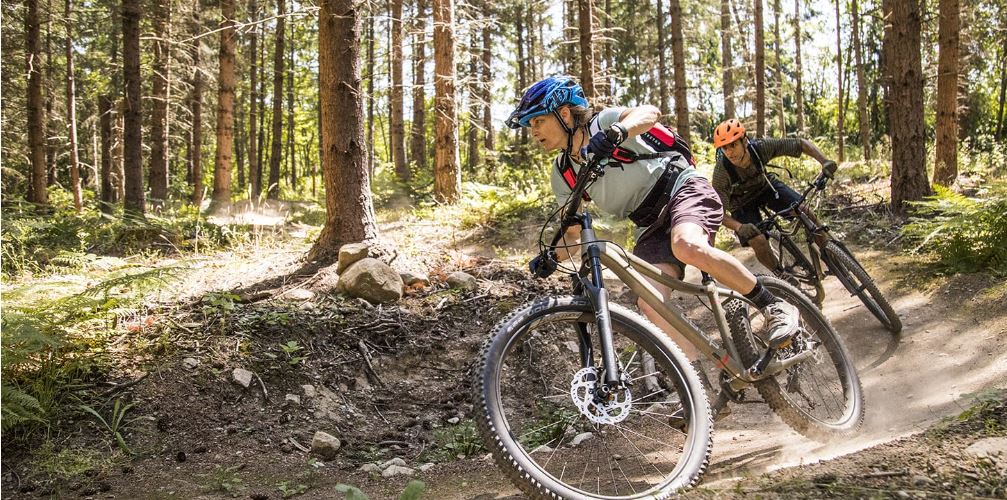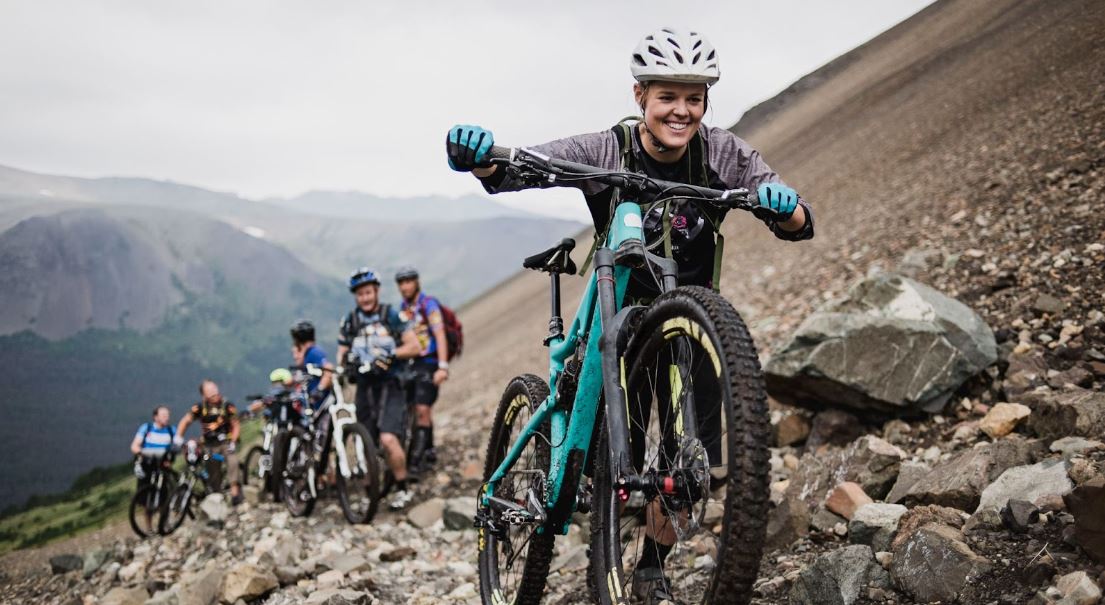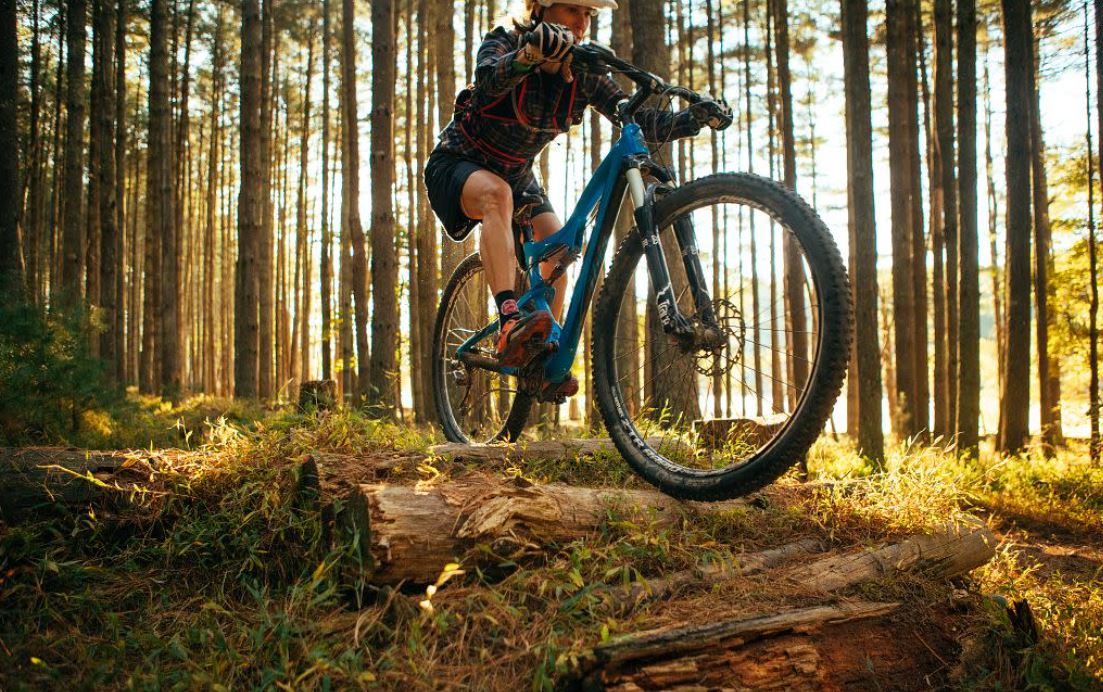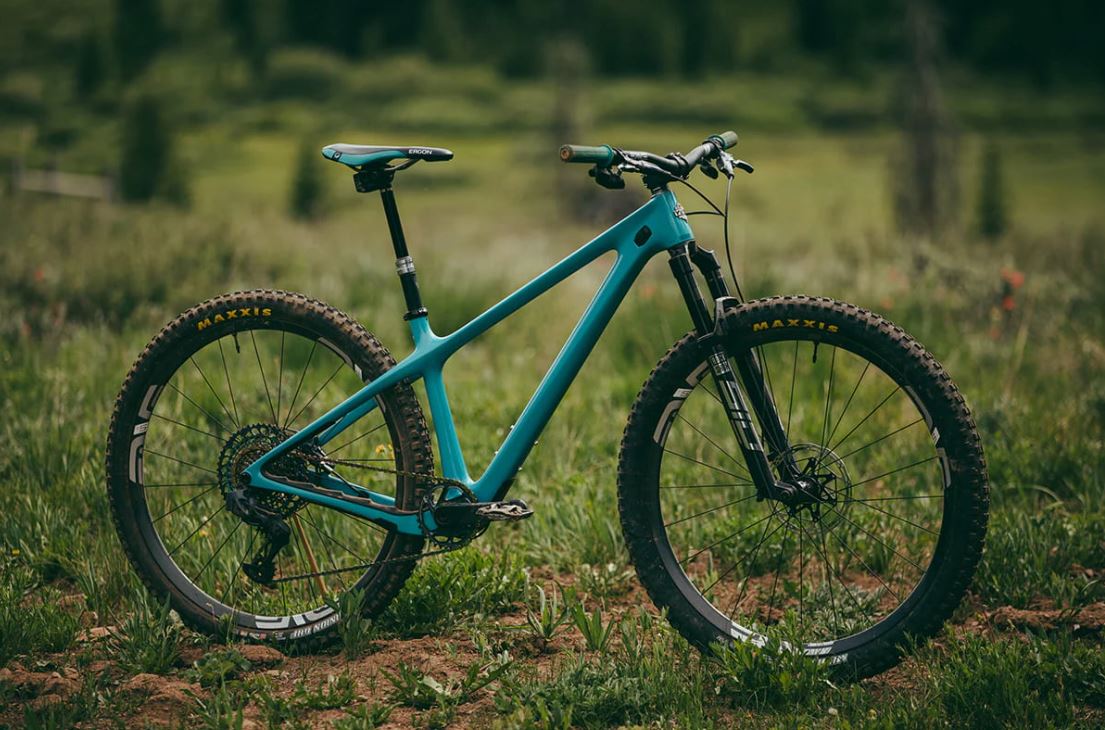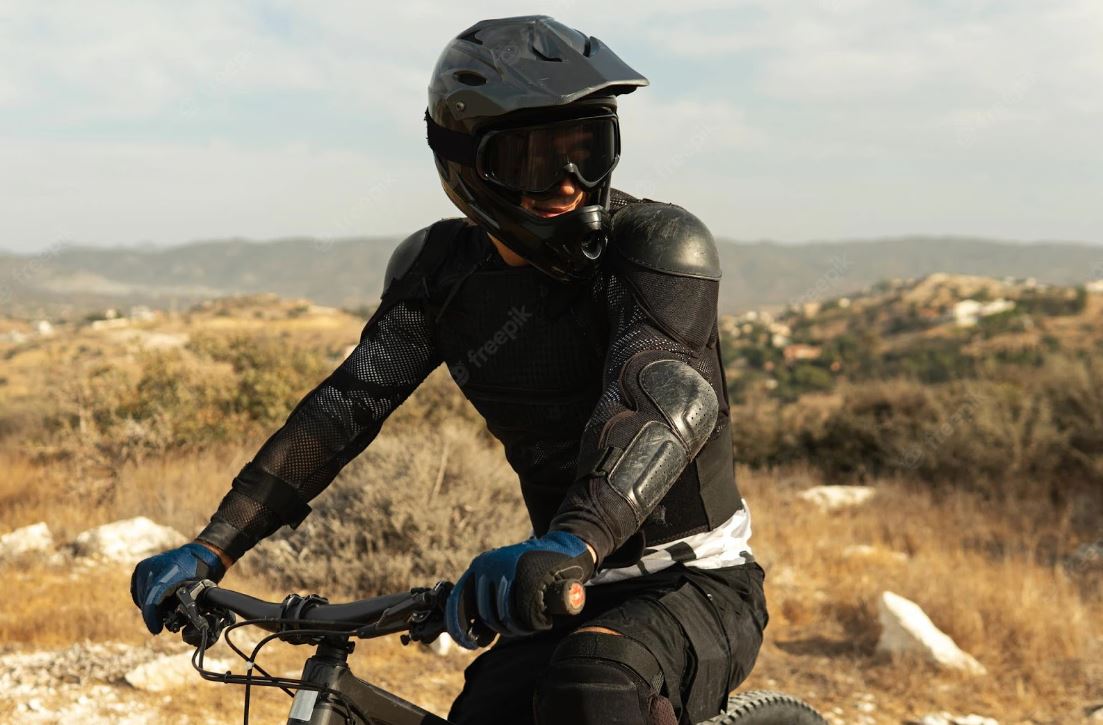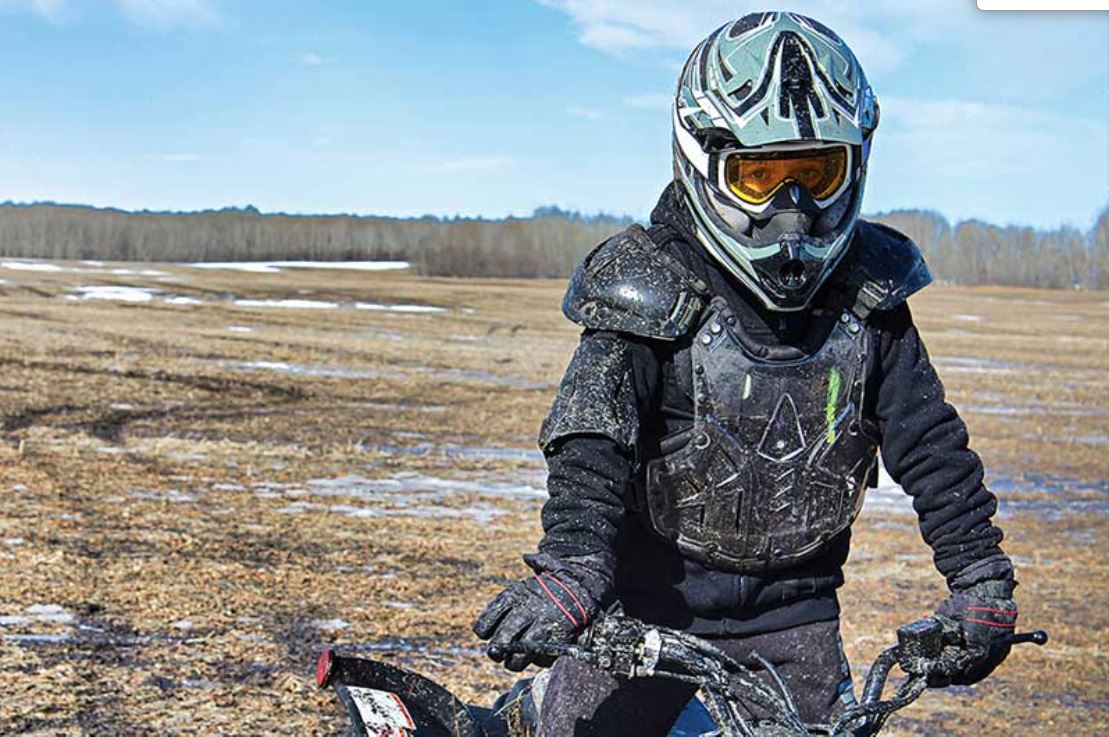|
From the creators of Cycling to Save Money, Cycling to Save the Environment and Cycling to Burn Calories, we now present Cycling: A Way to Escape the Concrete Jungle. This age-old way of transportation, activity or sport if you will, offers a wealth of options for both absolute beginners and seasoned riders. One of them is mountain biking—a seriously demanding and exciting subdivision of cycling. Mountain biking is a sport involving cycling off-road, usually over rough and challenging terrain, not necessarily in the mountains. With no annoying honks, toxic fumes, unruly pedestrians, unleashed dogs and wild car doors popping out of nowhere, it’s clear why mountain biking is becoming increasingly popular. But can you just hop on your good ol’ commuter bike and hit the trails? Yes, you can, but it probably won’t be quite an enjoyable experience. Going beyond the asphalt takes special skill, technique and of course, equipment. Furthermore, getting ready for mountain biking takes a great deal of knowledge. Rigid, hardtail or full suspension? Trail, cross-country, enduro or downhill? Keep reading and get the lowdown. Intro Into the Styles of Mountain Biking Whether you’re looking to reconnect with nature, get competitive or get your adrenaline fix, mountain biking is welcoming of all enthusiasts with its four basic disciplines, including:
The most popular and beginner-friendly of the bunch, trail biking, involves a mixture of climbs, jumps and descents. Trail mountain cycles are designed to provide a perfect balance of weight and efficiency, so you can have an enjoyable experience going uphill, downhill or getting air time. If you’re looking for a versatile bike you can ride to work, around the city and in the mountains, you should look for a trail MTB. With pedalling performance and climbing prowess at its core, cross-country biking is rather demanding. If you’re looking to ride fast and don’t mind putting in hard work going uphill, this discipline may be right for you. Cross-country or XC mountain cycles are ultra-lightweight and built for efficiency and speed. If you’re into a lung-busting, leg-burning, calorie-torching experience, all-mountain/enduro biking may just be your cup of tea. Enduro MTBs are built to withstand steep descents while being light enough to help you conquer uphill challenges. A thrill-seeker, eh? Going downhill will certainly get your heart racing. If you have absolutely no interest in putting the pedal to the metal going uphill, you should consider this discipline. Downhill bikes are robust and durable, designed to handle steep, gnarly terrains and high speeds. Beware though, there’s not much versatility coming out of this type of MTB since it’s built to go down and down only. The Importance of Having the Right Bicycle for the Job Finding the right MTB for your needs is crucial for the overall experience. So, how many types of MTB are there? Depending on their suspension, when browsing or shopping for mountain cycles you’ll come across different types. Rigid Rigid mountain bikes, as the name implies, have no suspension. While that makes them easier to maintain and less expensive than their hardtail and full-suspension counterparts, they’re not the most popular choice in the world of mountain biking. The suspension lessens the impact and vibrations on bumpy trails allowing for greater rider comfort, balance and control. If you’re looking to get a rigid MTB, opt for wide, fat tyres that provide enough “cushioning” between the bumps and contact points. Hardtail Hardtail bikes feature a front suspension fork that absorbs the impact on the front wheel. Having no rear shocks allows for greater transfer of power between the pedal stroke and rear tire, making them a suitable choice for cross-country racing. Hardtail bikes are usually lightweight and easier to maintain than full-suspension bikes. They’re well suited for climbing and riding smooth trails and a great choice for beginners looking for a comfortable and versatile ride. Full-Suspension Full-suspension MTB bikes are unsurpassed in terms of comfort. With front and rear shocks to absorb the impact of roots, rocks and debris, you can enjoy increased stability and improved control on the gnarliest of terrains. Not only that full-suspension bikes are kinder to your body, but they’re also more forgiving in steep technical terrain and less likely to throw you over the bars. Don't Forget Proper Safety Gear Shredding rough trails and terrains is a high-risk sport requiring high-quality safety gear. In nature, you may be safe from dooring and hectic drivers, but that doesn’t mean that there aren’t other dangers that might throw you off balance and on the ground. When it comes to MTB safety gear, the helmet is unarguably the most important piece of equipment. A good MTB helmet should provide reliable multi-directional impact protection, as well as breathability and ventilation for long-lasting comfort. And since you don’t want your helmet moving around or getting in the way, it’s best to look for designs with adjustable straps to ensure a snug, custom fit. Depending on the adventure you're undertaking, you may need other protection items like torso armour, elbow pads, knee guards, goggles, padded gloves and shorts. Technical Clothing to Keep You Comfortable MTB clothing can make all the difference in terms of comfort and performance. When shopping for technical clothing, focus on freedom of movement, moisture-wicking properties, breathability and functionality. The perfect MTB outfit should be a combination of fit, feel and style, adding to your confidence and performance on the trail. Shopping Online vs. In-Store
Now that you have a better understanding of mountain bicycles and equipment, you can hit your local bike store or browse online to find the right two-wheeler for your needs and budget. Since buying a high-performance mountain bike can be quite an investment, here’s a bonus pro tip - buy a mountain bicycle online. With fewer layers preceding the end purchase, there’s less margin to be made, meaning you’ll probably get a better deal online. With that being said, it’s time to start your hunt for your new MTB.
0 Comments
Leave a Reply. |
Categories
All
Archives
July 2024
|

